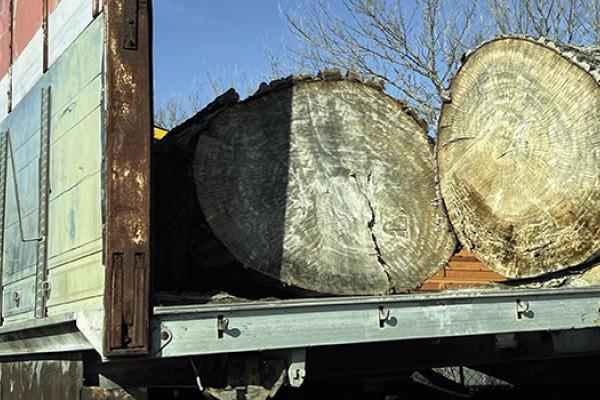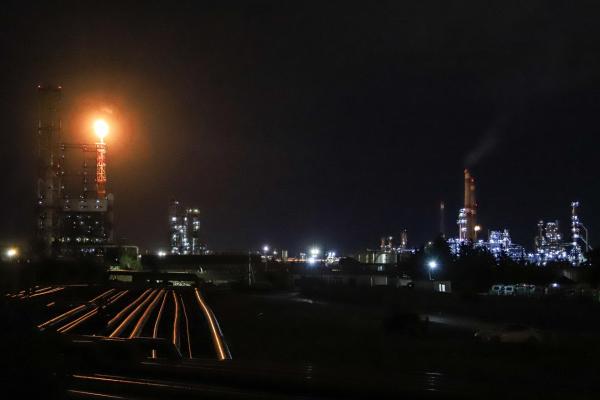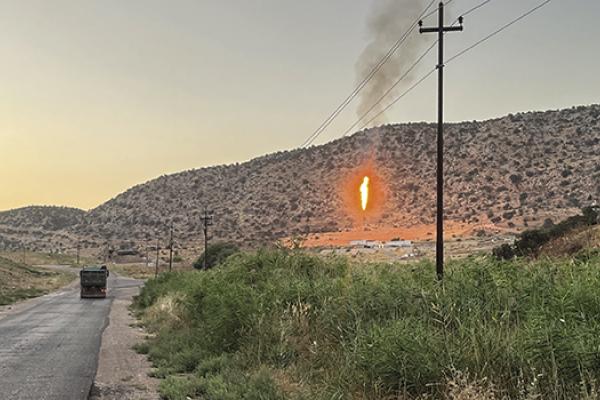The pipeline and its Reception Terminal, transporting natural gas from Azerbaijan to Italy’s distributor Snam, reportedly lacked a required cumulative environmental impact assessment (EIA). Additionally, inadequate site waterproofing and improper waste disposal have led to pollutant levels exceeding legal thresholds, along with significant methane emissions—contradicting claims made in the project’s Environmental Impact Assessment.
While Environmental Impact Assessments are meant to ensure regulatory compliance and foster responsible, transparent decision-making, they appear vulnerable to manipulation, especially in regions with elevated corruption risks and strong fossil fuel interests.
In Albania, local environmental authorities approved project deviations despite concerns over non-compliance and delayed permits from the Ministry of Environment. In Greece, regional permits for TAP were issued without adherence to critical environmental review requirements, which were later bypassed by political decisions favoring the project.
These approvals highlight the challenges of enforcing EIAs in high-risk areas, where regulatory adjustments often prioritise investor and fossil fuel industry interests over those of local communities. This study emphasises the urgent need for greater transparency in EIAs to protect environmental interests from political and financial influence.
Image: Methane emissions from Snam vent (c) CovaContro







